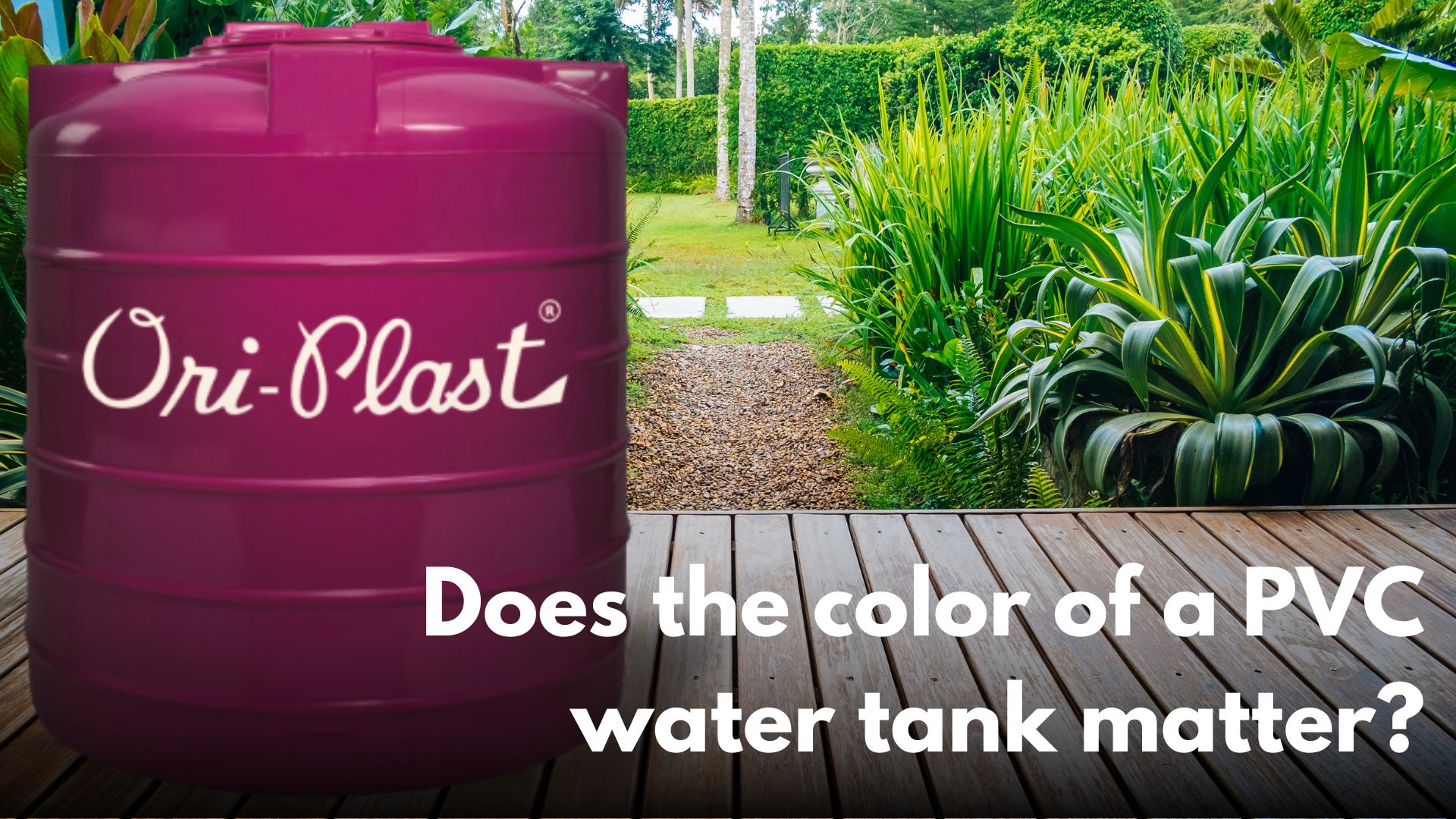Bending PVC pipes can prove to be a valuable skill across a spectrum of endeavors, encompassing plumbing, irrigation, and imaginative DIY undertakings.
Nevertheless, it's imperative to acknowledge that PVC pipes lack an inherent propensity for bending akin to certain alternative materials.
Bending PVC pipes essentially entails the application of heat to facilitate a reshaping process. Presented below is an extensive manual elucidating the procedure of bending PVC pipes:
Prerequisites - Materials and Equipment:
PVC pipe Heating apparatus (heat gun, boiling water, or sand) Protective gloves Safety goggles Measuring tape Marker Wooden or metallic template (optional)
Stepwise Process:
- Optimal PVC Pipe Selection: Begin by opting for the specific type and diameter of PVC pipe that corresponds to the requisites of your project. Ensure that the chosen pipe aligns with the bending procedure.
- Measurement and Marking: Employ a measuring tape in conjunction with a marker to gauge and delineate the precise location on the PVC pipe where the bend is to be affected. Accuracy in your markings is imperative to conform to the prerequisites of your project.
- Preparation of a Template (Optional): To achieve a more meticulous bend, you have the option to craft a wooden or metallic template that emulates the desired bend radius. This template will serve as a guide to preserve the intended shape of the PVC pipe as it undergoes heating-induced softening.
Application of Heat to the PVC Pipe:
a. Utilizing a Heat Gun: If deploying a heat gun, don safety goggles and gloves. Position the heat gun approximately 2 to 3 inches away from the marked area and move it consistently back and forth. Sustain the heating process until the PVC material achieves pliancy. Avoid subjecting the pipe to excessive heat or scorching.
b. Employment of Boiling Water: Boil a pot of water and immerse the segment of the PVC pipe that necessitates bending for a few minutes. The heat emanating from the boiling water will engender softening in the PVC. Employ tongs or a heat-resistant implement to sustain the pipe's position while it softens.
c. Implementation of Sand Method: Load the PVC pipe with sand to avert collapse during the heating phase. Seal both ends of the pipe securely. Subject the sand-filled pipe to heat either through a heat gun or boiling water, facilitating flexibility in the pipe.
Execution of PVC Pipe Bending:
a. Unconstrained Bending: Wearing protective gloves, cautiously and gingerly bend the malleable PVC pipe to the intended angle. Adhere to a deliberate, uniform application of pressure to avert creases or asymmetrical bends.
b. Utilization of a Template: If a template has been fashioned, diligently position the softened PVC pipe within the template and contour it in conformity with the sought-after bend radius. Maintain this position until the PVC cools and stabilizes in its fresh configuration.
- Cooling and Solidification: Allocate time for the PVC pipe to cool and consolidate within its novel form. This cooling process may extend for a few minutes. Exercise patience during this stage, as it is pivotal for the pipe to retain the desired curvature.
- Inspection and Assessment: Following the cooling and solidification, assess the PVC pipe for any deviations or anomalies. Evaluate the compatibility and alignment with additional components or fittings to ascertain compliance with your project's prerequisites.
- Trimming of Surplus Length: As necessary, utilize a saw or pipe cutter to remove any excessive length from the termini of the bent PVC pipe.
It is essential to remember that proficiency is honed through practice. Undertaking trial bends on redundant segments of PVC pipe prior to embarking on your principal project is advisable. Furthermore, throughout the entire procedure, maintain a vigilant approach, particularly when handling heated substances, and prioritize personal safety by adorning suitable protective attire.




